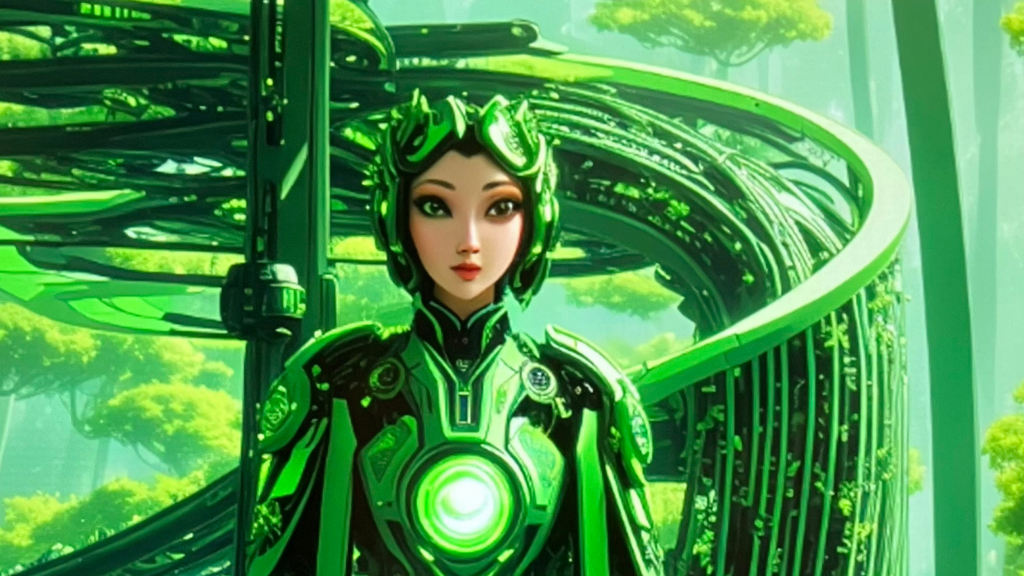
The Perfect Perfect Dirty by Johanna Bruckner
In the framework of S+T+ARTS EC(H)O – Challenge 2: Exploring Human – AI Relationships
The project
Johanna Bruckner is pursuing research at the intersection of AI, queer theory, ecology, and posthumanism, focusing on the interface between the body, affect, and technology from the perspective of quantum physics. The project addresses the deconstructive and corporeal nature of interfaces in algorithmic systems, employing a critical perspective rooted in queer-feminist and post-digital conceptions of the body. As a major outcome, the artist is conceiving of art objects based on research from the Institute of Quantum Materials at TU Dresden, combining processes like 3D-printing, silicone, glass craftsmanship, and new materials derived from quantum research. The work also includes developing a multi-channel video installation incorporating new software based on Artificial Intelligence and methods from Large Action Modelling related to incalculable mechanisms in medicine and finance. Furthermore, the artist is prototyping choreographic scores for the development of digital avatars based on AI research.
Hosted by: Technische Universität Dresden
The artist
An artist born in 1984 in Vienna, Austria, who studied fine arts, cultural studies, and social anthropology across multiple international institutions. Her artistic output—including film installations, performative scripts, and writings—explores the tensions at the core of socio-political issues, specifically focusing on biopolitics and queerness within the framework of late capitalism. She also uses collaborative performative design as an organizing principle for social practice and reflection. Her project, The Perfect Perfect Dirty, aims to closely investigate Artificial Intelligence technologies and their potential to complexify and diversify, primarily by challenging the prevailing myth that digital systems are clean, reliable, and free of contamination. Bruckner seeks to modify the parameters through which information is weaponized against queer and other intersectional minorities, instead establishing “dirtiness” as an ontology for queer AI to develop a more-than-human future coexistence. The research will manifest as a science-fiction based scenario featuring a new video installation and related objects that activate an immersive space, showcasing fictional characters navigating co-contaminated embodiment with AI-based interfaces.


